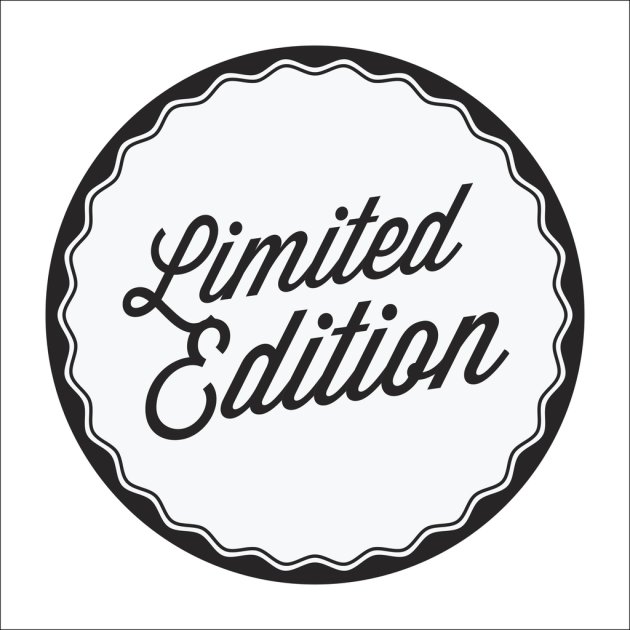Buying a limited edition: this is what you need to know

You have seen a limited edition of a print or photograph and are considering buying. A limited edition might mean a lasting value. But before you buy, make sure you understand the jargon. Let us help you to do just that. You may find the following terms and (sometimes French) abbreviations in the description of the artwork:
Edition:
Tate London defines: ‘An edition is a copy or replica of a work of art made from a master. It commonly refers to a series of identical impressions or prints made from the same printing surface, but can also be applied to series of other media such as sculpture, photography and video’. These copies are not a one-off, but they are still seen as original art works.
Limited edition:
A limited edition is an issue of collectible work (such as books, prints, photographs), with a relatively small number of copies. Before the 20th century prints were usually produced in ‘open editions’, without a set limit and printed up to the capacity of the copying device. From the turn of the 19th/20st century, the number of artworks in the edition started to be restricted. Publishers or artists decided -and decide- on a limited edition to protect its value. After the production, the original plates, blocks or photographic negatives should be made unusable: more copies must not be made.
Each work in a limited edition should be identical. ‘Editioned’ prints are normally numbered and signed. An edition of forty will be numbered 1/40, 2/40 and so on. Editions are not necessarily numbered in the order of print; artists regularly sign and date their works in the order they want. This means the number of a print should not normally affect the resale value. However, galleries may sell limited edition artworks in number order and ask more for print number 40/40, the last one of the series, when the series sells well.
Extended edition:
Sometimes it is decided to extend a limited edition. The following edition will be the second edition, the third, etc.
Posthumous edition:
This is an edition after the death of an artist; the print might not be worth as much as the original edition.
Artist proof (AP/EP), printer’s proof (PP):
Ten to fifteen percent out of a limited edition is kept by the artist for his own use. These prints, the Artist Proofs, are also called Épreuve d’Artiste and add to the edition size. An Artist Proof used to be a trial print, but nowadays the quality is usually equal to the rest of the edition. Proofs are sought after if they stand out, for instance if the artist has added notes.
A Printer’s Proof is used by printers working on an edition.
BAT / RTP Proofs:
Bon à tirer / ready to print: proofs used as a standard/guide for the printer, to produce the edition
HC:
Hors commerce: print not intended for re-sale.
Reproductions, multiples:
Art works with more than 200 editions are normally seen as reproductions or ‘multiples’. The smaller the edition size, the rarer the artwork in the edition. A print from an edition of 25 by a known artist will have more value than identical work from an edition of 75.
Knowing the terminology will help when you want to buy a limited edition. Don’t forget galleries and auction houses should be able to supply more information on the work you are interested in.


